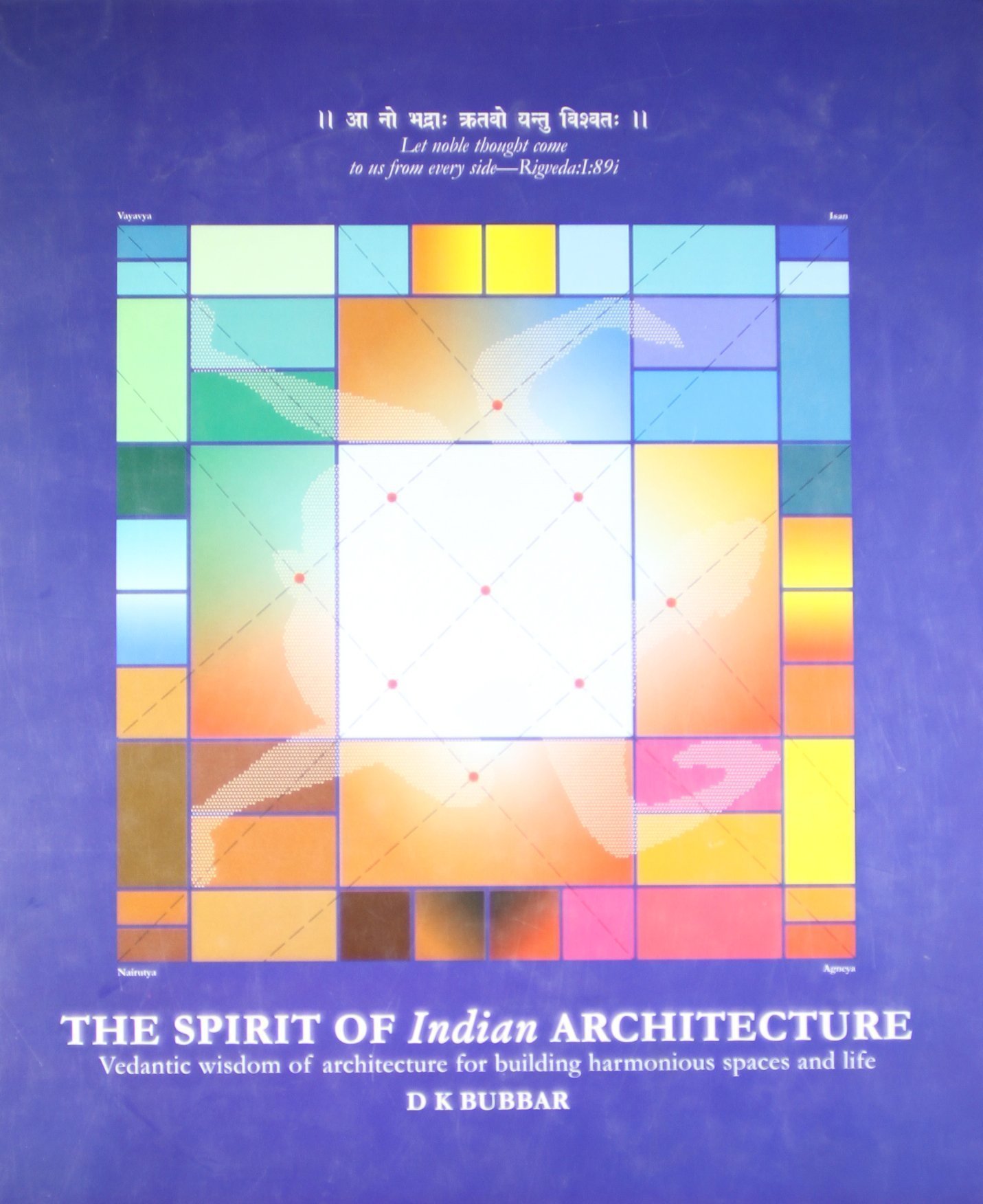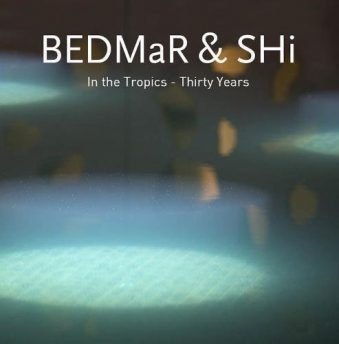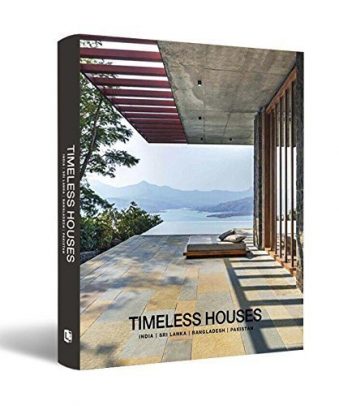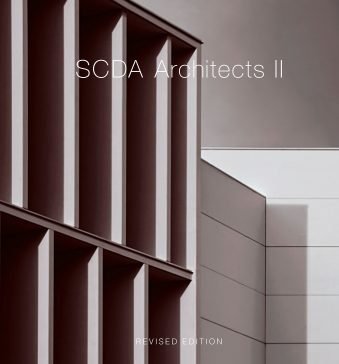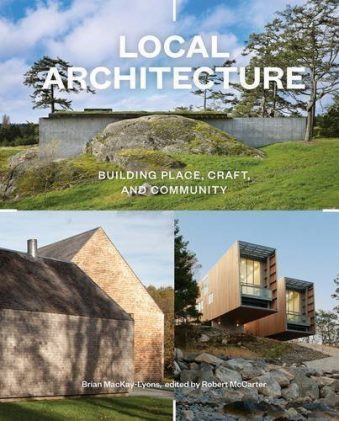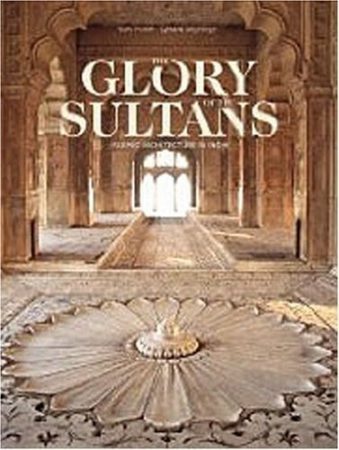- Empty cart.
- Continue Shopping
The Spirit of Indian Architecture
₹1,700.00
- By
- Hardcover: 394 pages
- Publisher: Rupa (1 April 2005)
- Language: English
- ISBN-10: 812910315X
- ISBN-13: 978-8129103154
- Package Dimensions: 27.9 x 23.4 x 2.5 cm
7 in stock
This path breaking work addresses several issues for the very first time and reveals many finding about Indian archtecture in details never researched or published anywhere before. Indeed this project is the culmination of the writer`s lifetime`s work. The book brings to a sharp focus the relevant and logical, and refuses to tread the path of the herd. The book amazes and enlightens through question and answers. It reasons and rationalizes. The strength of his writing is that it sparksa thought process in the mind of the reader. The book has been divided into three sections. Section 1, deals with ‘ humanised’ architecture- the scale, spcae, and the basic elements of architecture with a new vision that is not only refreshing but also immensely practical in the modern age. This section sets the basis for the rest of the book. Section 2, details the strategies for planning settlemets- homes, neighbourhoods and indeed entire townships. The focus is on achieving truly ‘ harmonious’ living in balance with nature. This section propounds a workable and sustainable model of living, without the stress, strife and chaos associated with modern urban development. Section 3, emphasizes the role of training, without which professional results are not possible. Indeed, a trained mind, armed with reason and an inner strenght, can achieve what others cannot. The narration is Lucid, direct and replete with many scientific facts. The book is also rich in visual content and contains more than hundred drawings, plans, illustrations, examples and actual case studies. The target readership of this book would be anyone from a student of architecture to an accomplished architect, urban planners, educationists and policy makers and indeed any one who is intersted in improving quality of life. In its finality, the book, a textbook, as the author likes to call it, is not only a a unique work on architecture but on the art of living itself.
About the Author
Darshan Kumar Bubbar has more than 3 decades of experience as an architect. In his book, he presents a thought-provoking theoretical basis, coupled with pragmatic solutions.




